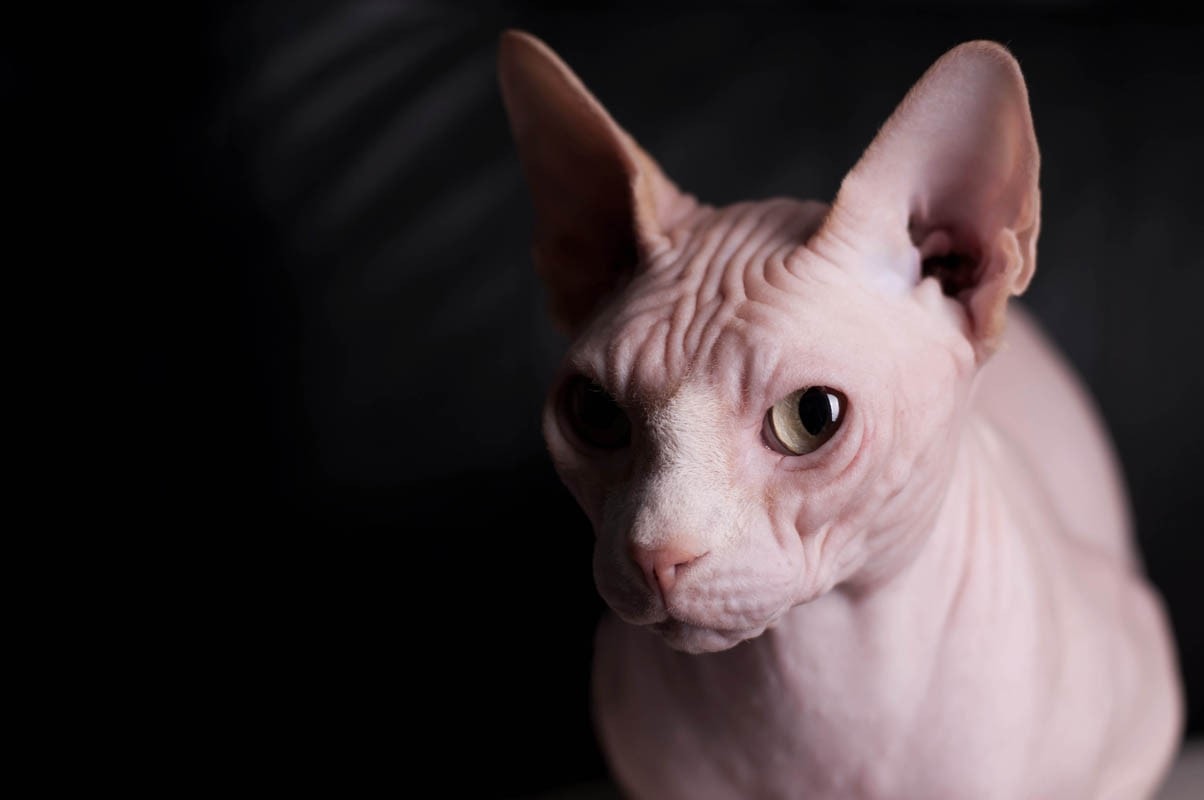About
Medically known as epistaxis, nosebleeds are quite an uncommon problem in cats. While some causes are harmless (such as a minor knock), there are several potentially serious causes of nosebleeds in cats, therefore you must seek veterinary attention as soon as possible.
Causes of nosebleeds in cats
There are several possible causes of nosebleeds in cats, the most common being trauma to the nose, other causes include:
- Blood clotting disorders such as hemophilia or thrombocytopenia (low blood platelets)
- Ingestion of poisons (rat poison, aspirin)
- Foreign body (such as grass seed)
- Trauma (running into something, hit by car etc)
- Anemia
- Cancer
- Dental abscess
- Infections (bacterial, viral) can cause ulceration
- Fungal infections such as cryptococcosis
- Leishmaniosis (infection caused by the Leishmania protozoa)
- Liver disease
- Kidney disease
- High blood pressure
Symptoms
Obviously, the presence of blood from one or both of the nostrils, in addition, there may be accompanying symptoms depending on the underlying cause.
- Swelling around the nose, mouth, cheeks or eye(s)
- Pus or nasal secretions (snot) also coming from the nose
- Eye discharge
- Sneezing
- Bad breath
- Pawing at the nose
- Bruising
- Pale gums
- Weight loss
- Black stool (melena) due to swallowing blood
- Bleeding from other parts of the body including the anus, eyes, gums etc
- Loss of appetite
Immediate care
Place an ice pack on the bridge of the nose, this will help to reduce the flow of blood and assist in clotting.
Diagnosis
Your veterinarian will perform a physical examination of your cat, including medical history, he will want to know how long the bleeding has been present and if there were any previous episodes. Other questions relating to your cat’s general health, including appetite and activity levels, exposure to possible toxins and/or medications. The nose will be examined for foreign objects, the mouth for signs of dental disease or abscess.
Diagnostic workup:
- Complete blood count: To check for anemia and platelets as blood loss can be heavy enough to cause a notable drop in red blood cells and platelets.
- Biochemical profile: To determine the overall health status of your cat and evaluate the kidneys and liver.
- Urinalysis: To check the kidney function, and for possible infection.
- Radiographs: X-rays of the nasal passages if a tumour is suspected.
- CT scan – This is a much more detailed type of x-ray that will need to be performed in a specialist veterinary centre.
- Nasal flush: This may be the first line of diagnosis after baseline tests to try and obtain a sample from the nasal passage which will be examined under a microscope.
- Biopsy: A small sample of nasal tissue will be taken and sent off for microscopic evaluation.
- Endoscopy: The insertion of a thin, flexible tube (endoscope) to check the nasal passages. This may need to be performed at a specialist veterinary practice under anesthesia.
- Partial thromboplastin time (PTT): A blood test to check how long it takes the blood to clot.
Treatment
Treatment depends on the cause of the nosebleed. If it is due to trauma, ice may be all that is required. In severe cases, the cat may have his nasal passages packed to control the blood loss.
Infections: Antibiotics to treat bacterial infections and antifungals for fungal infections. Most viral infections require supportive care while the cat fights the infection.
Foreign body: Removal of any foreign bodies with tweezers or scope for foreign bodies lodged deeper within the nasal cavity. A light sedative will be necessary for this procedure.
Tumours: Surgery to remove the tumour where possible and or chemotherapy or radiotherapy.
Kidney failure: Feed a good quality, low protein diet, phosphorous binders as well as supportive care as needed.
Liver disease: Treat the underlying cause which may include surgery, antibiotics, nutritional support as well as supportive care such as anti-nausea medications, vitamin K to help with clotting, fluid therapy and if necessary plasma transfusions.
High blood pressure: Find the underlying cause as well as medications to reduce blood pressure and a low sodium diet.
Rat poisoning: Activated charcoal to bind toxins such as rat poison along with intravenous fluids, vitamin K and if necessary a blood transfusion.
Abscess: Surgery to drain an abscess along with antibiotics.
Leishmaniosis: Surgery to remove the affected nodule if the skin is affected. Oral azoles can also be used.
Blood clotting disorders: Blood plasma and blood transfusions in an emergency, home treatment includes vitamin K. Find and treat the cause where possible.

